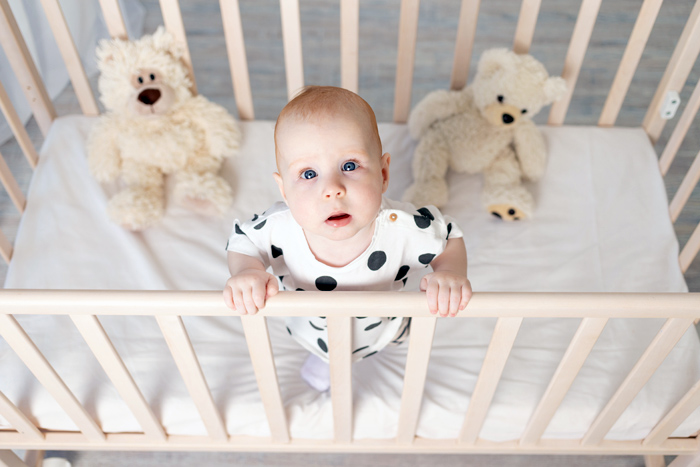Infant’s Vision
Your baby has a whole lifetime to see and learn. But did you know your baby also has to learn to see? As a parent, there are many things that you can do to help your baby's vision develop.
At about six months of age, you should bring your baby to us for his or her first thorough eye examination. Things that the optometrist will test for include excessive or unequal amounts of nearsightedness, farsightedness, or astigmatism.
The doctor will also test eye movement ability as well as check for eye health problems. These problems are not common, but it is important to identify children who have them at this stage. Vision development and eye health problems can be more easily corrected if treatment is begun early.
Unless you notice a need, or your eye doctor advises you otherwise, your child's next examination should be around age three and then again before he or she enters school.
We are equipped in our office to see patients of any age: from birth on, and can prescribe glasses even if the child can’t talk yet. Our office has become the go-to office for kids of all ages.

Infants need to learn to see
During the first four months of life, your baby should begin to follow moving objects with their eyes and reach for things, first by chance and later more accurately as hand-eye coordination and depth perception begin to develop.
To help, use a nightlight or other dim lamp in your baby's room; change the crib's position frequently and your child's position in it. Keep reach-and-touch toys within your baby's focus, about eight to twelve inches.
Also talk to your baby as you walk around the room; alternate right and left sides with each feeding; and hang a mobile above the crib.
Between four and eight months, your baby
should begin to turn from side to side
and use his or her arms and legs. Eye
movement and eye/body coordination
skills should develop further and both
eyes should focus equally.
Enable your baby to explore different
shapes and textures with his or her
fingers; give your baby the freedom to
crawl and explore; hang objects across
the crib; and play "patty cake" and
"peek-a-boo" with your baby.

From eight to twelve months, your baby should be mobile now, crawling and
pulling himself or herself up. He or she will begin to use both eyes
together and judge distances and grasp and throw objects with greater
precision.
To support development don't encourage early walking - crawling is important in developing eye-hand-foot-body coordination; give your baby stacking and take-apart toys; and provide objects your baby can touch, hold and see at the same time.
From one to two years, your child's eye-hand coordination and depth perception will continue to develop and he or she will begin to understand abstract terms.
Things you can do are encourage walking; provide building blocks, simple puzzles and balls; and provide opportunities to climb and explore indoors and out.
There are many other affectionate and loving ways in which you can aid your baby's vision development. Use your creativity and imagination. Ask your eye doctor to suggest other specific activities.
Please have your child’s eyes checked annually.
Schedule your child's eye exam today.
During the infant and toddler years, your child has been developing many vision skills and has been learning how to see. In the preschool years this process continues as your child develops visually guided eye-hand-body coordination, fine motor skills and the visual motor skills necessary to learn to read.
As a parent, you should watch for signs that may indicate a vision development problem, including a short attention span for the child's age, difficulty with eye-hand-body coordination in ball play and bike riding or avoidance of coloring and puzzles and other detailed activities.
There are everyday things that you can do at home to help your preschooler's vision develop as it should.
These activities include reading aloud to your child and letting him or her see what you are reading. Provide your child a chalkboard, finger paints and different shaped blocks and show your child how to use them in imaginative play. Provide safe opportunities to use playground equipment like a jungle gym and balance beam and allow them time for interacting with other children and for playing independently.
“If I can’t see, I can’t read.
If I can’t read, I can’t learn.
If I can’t learn, what’s my future?”
